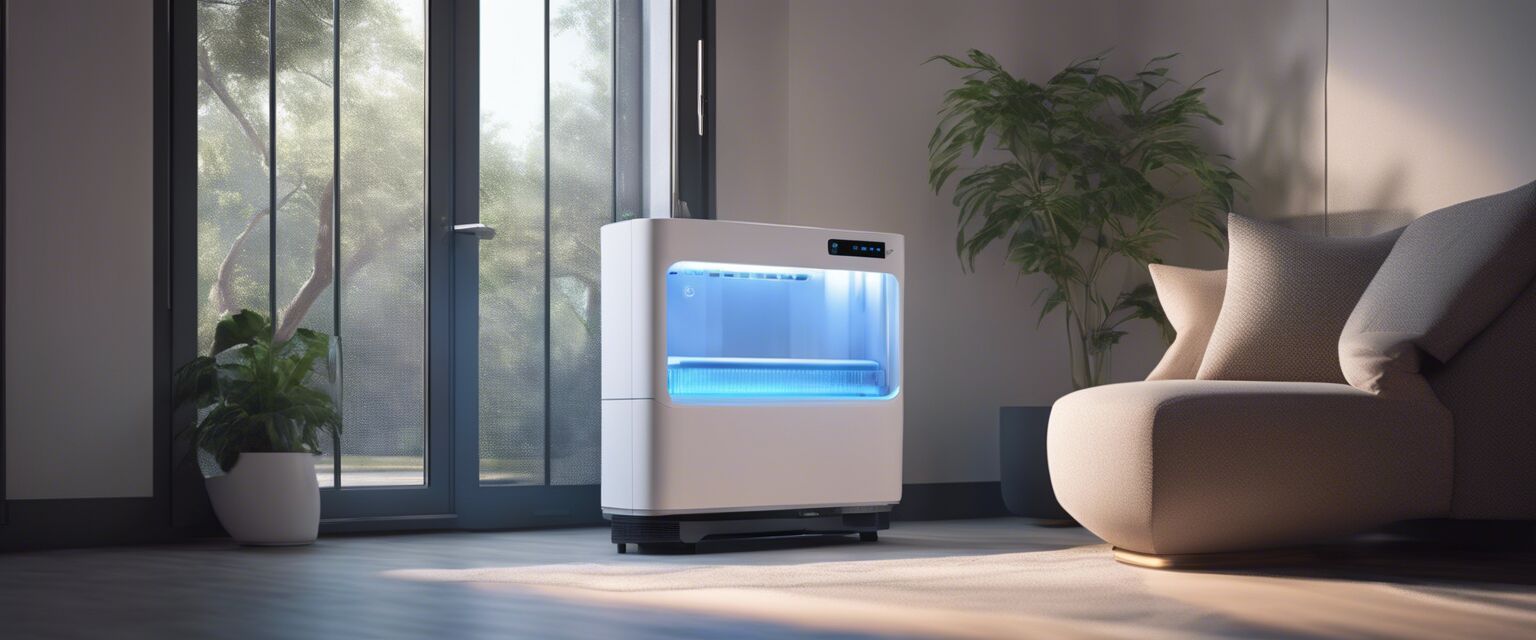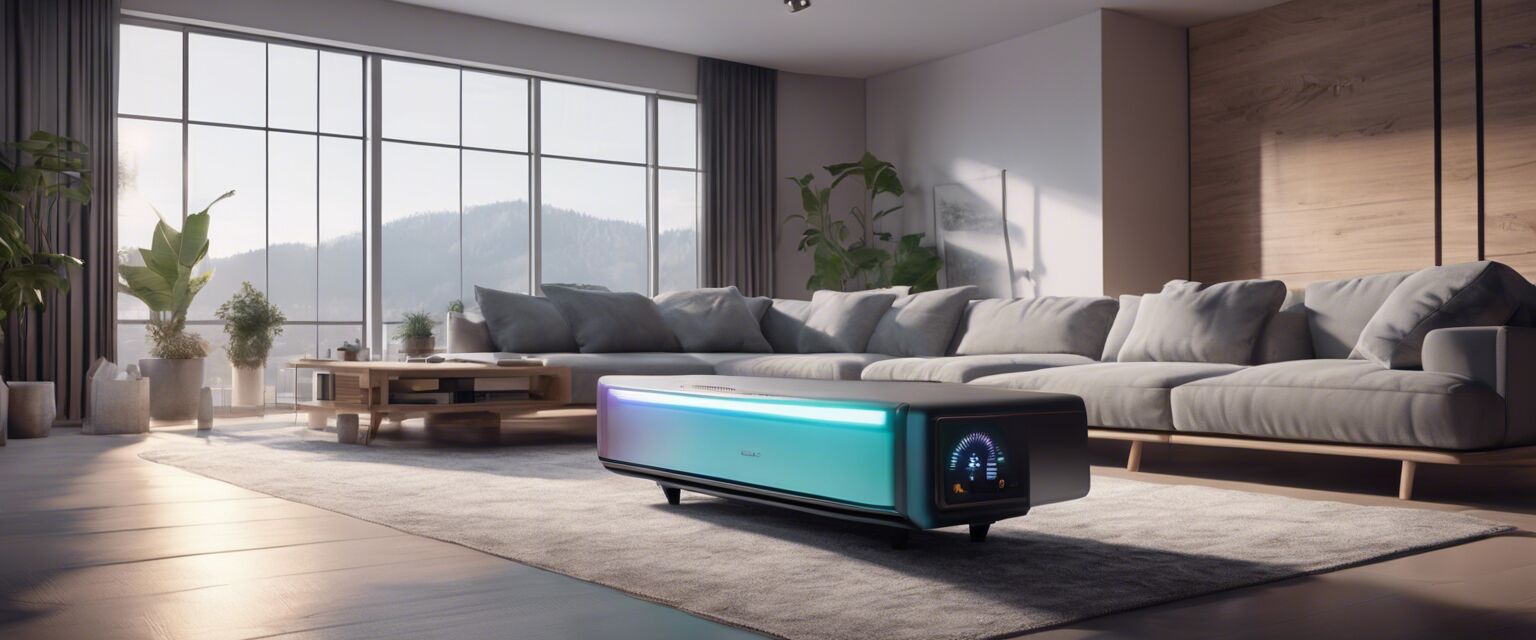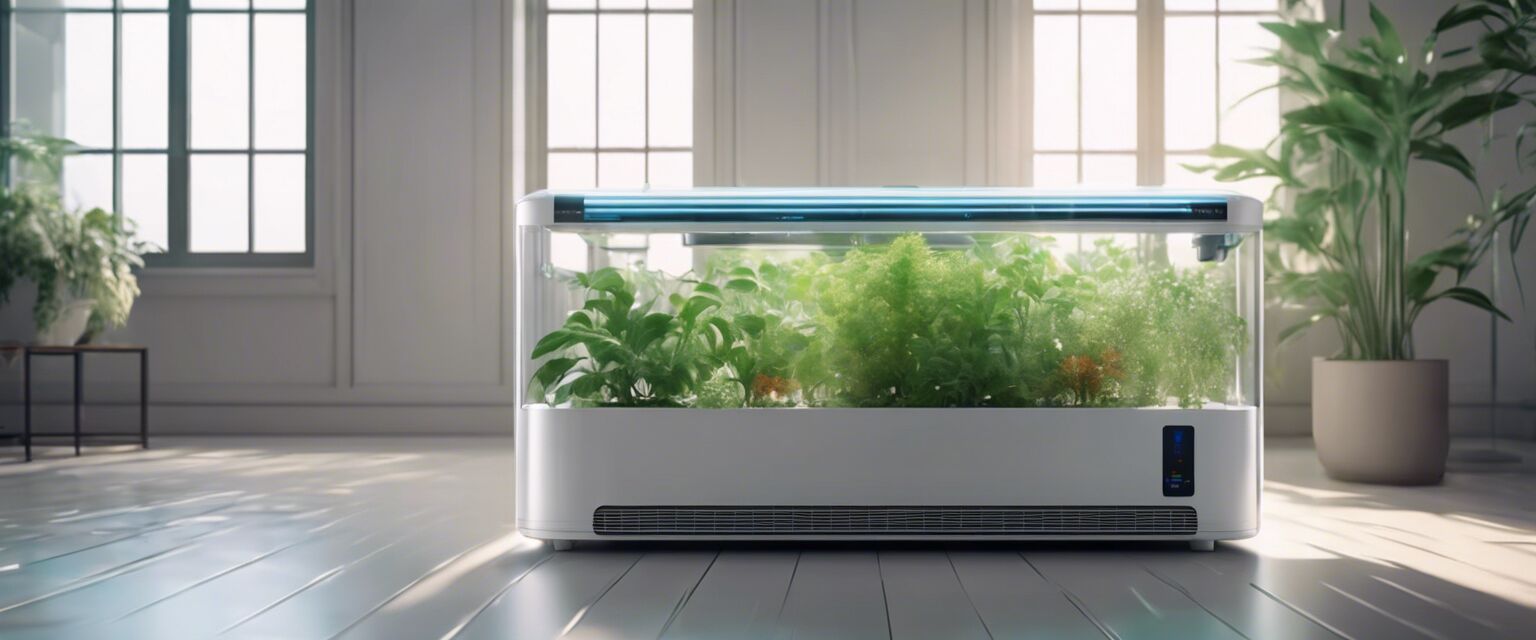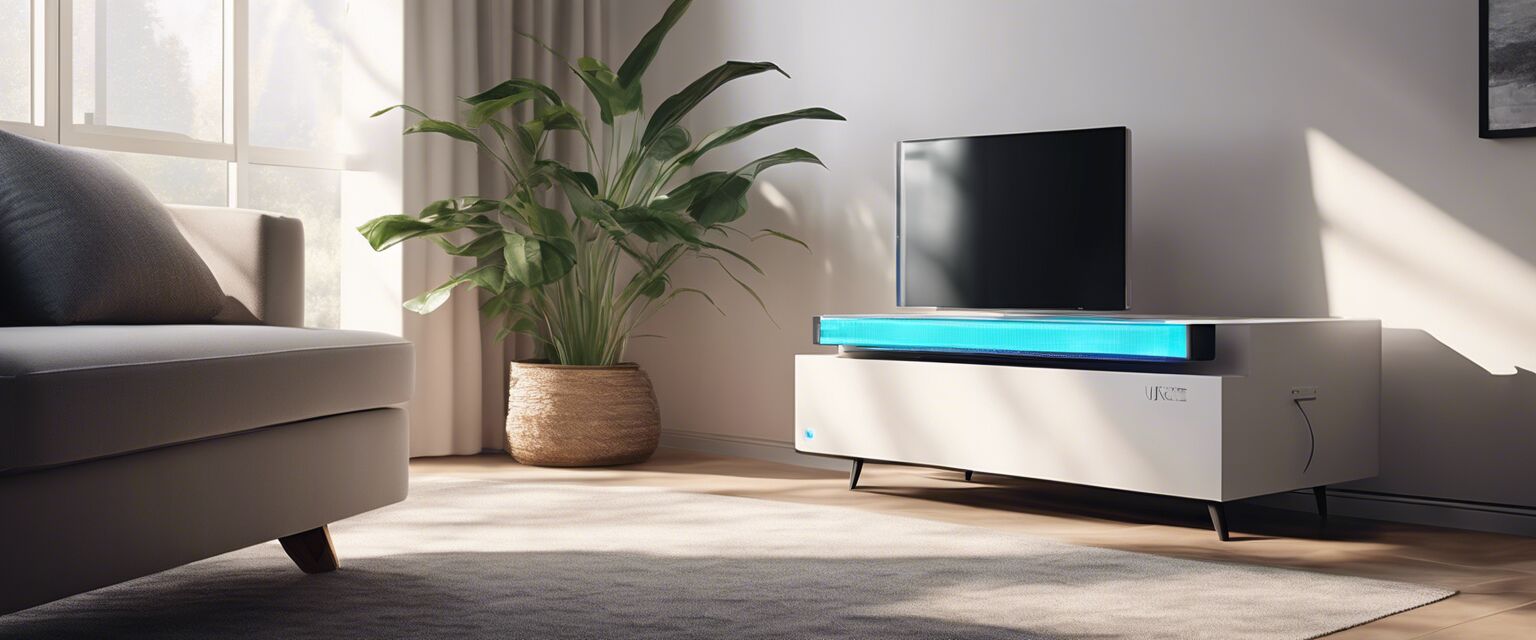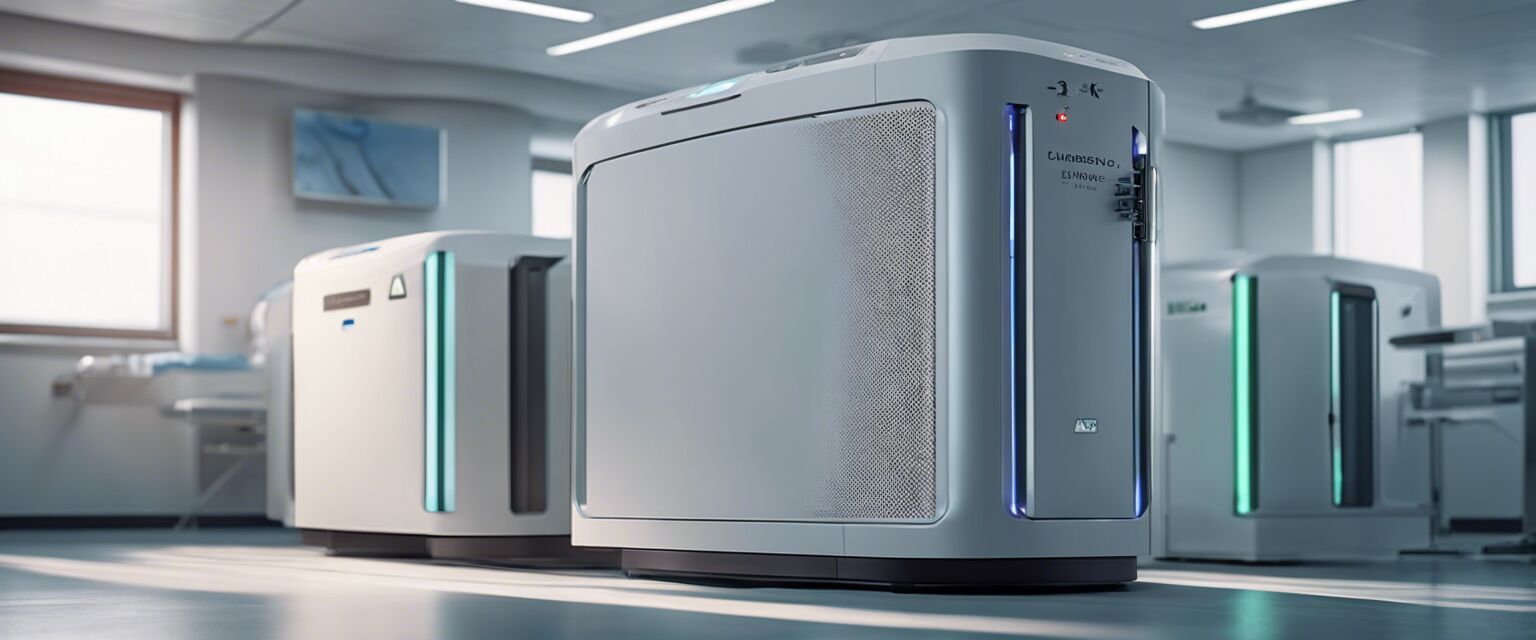
How UV-C Air Sterilizers Work
Key Takeaways
- UV-C technology uses ultraviolet light to eliminate airborne pathogens.
- It effectively inactivates bacteria, viruses, and mold spores.
- Commonly used in various settings including homes, cars, and commercial spaces.
- Safety precautions are essential to avoid direct exposure to UV-C light.
In today's world, maintaining a clean and safe environment is more important than ever. UV-C air sterilizers provide an innovative solution to help reduce airborne pathogens effectively. This article will delve into how UV-C technology works, its applications, and the benefits of using UV-C air sterilizers.
What is UV-C Technology?
Ultraviolet (UV) light is a type of electromagnetic radiation that exists in three ranges: UVA, UVB, and UVC. UV-C light, which ranges from 100 to 280 nanometers, is particularly effective at destroying bacteria and viruses. Hereâs how it works:
| Type of UV Light | Wavelength (nm) | Effectiveness |
|---|---|---|
| UVA | 320-400 | Least effective against pathogens |
| UVB | 280-320 | Moderately effective |
| UVC | 100-280 | Highly effective at inactivating viruses and bacteria |
How UV-C Air Sterilizers Work
UV-C air sterilizers utilize specialized lamps that emit UV-C light to disinfect the air. The process involves several steps:
- Air Intake: The device draws in air from the surrounding environment.
- UV-C Exposure: The air passes through a chamber where it is exposed to UV-C light.
- Pathogen Inactivation: The UV-C light damages the DNA or RNA of microorganisms, rendering them inactive.
- Clean Air Release: The sterilized air is then released back into the environment.
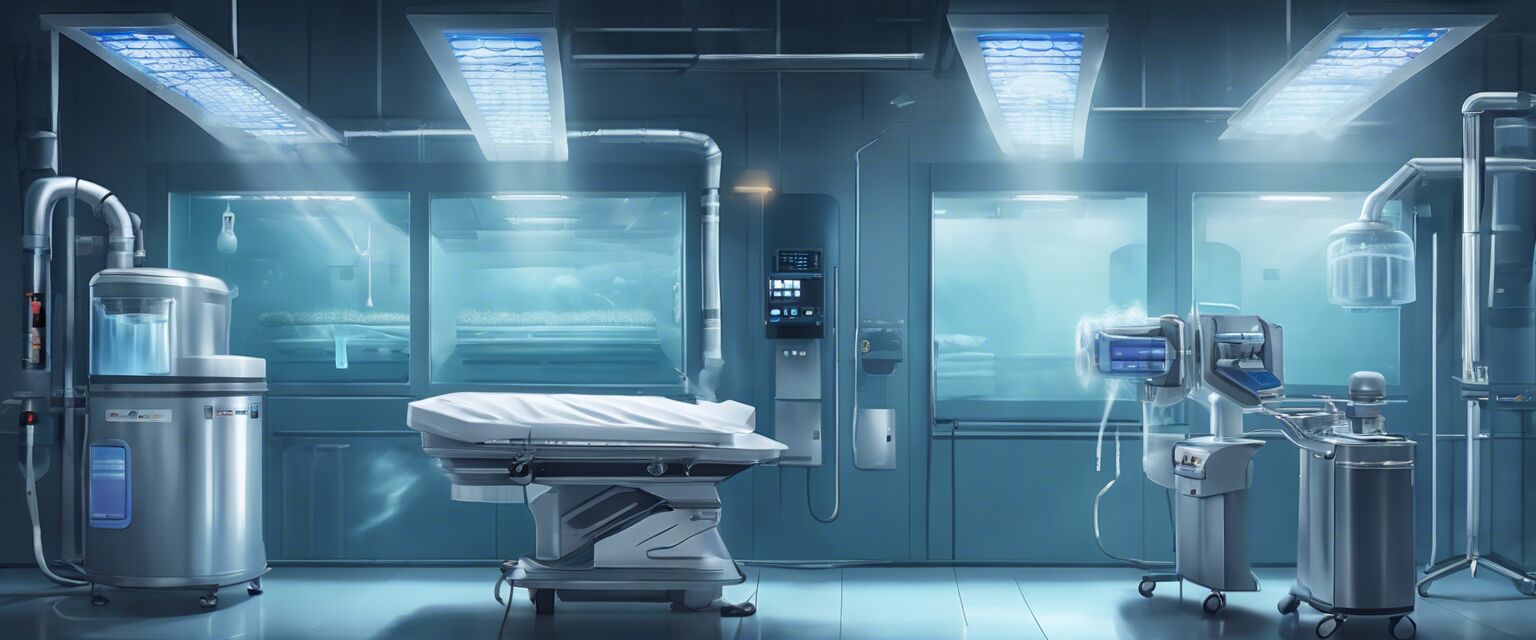
Applications of UV-C Air Sterilizers
UV-C air sterilizers find applications in various environments:
- Home settings: Ideal for living rooms, bedrooms, and kitchens.
- Automobiles: Helps purify the air inside your vehicle.
- Commercial spaces: Used in offices, restaurants, and hospitals.
- HVAC systems: Can be integrated into existing HVAC setups for enhanced air quality.
- Portable units: Perfect for travel or temporary use.
Effectiveness of UV-C Air Sterilizers
Numerous studies have demonstrated the effectiveness of UV-C light in inactivating various pathogens, including:
| Pathogen | Inactivation Rate |
|---|---|
| Escherichia coli (E. coli) | 99.9% |
| Staphylococcus aureus | 99.9% |
| Influenza virus | 99.99% |
| SARS-CoV-2 (COVID-19) | 99.99% |
Safety Precautions
While UV-C air sterilizers are effective, safety precautions must be adhered to:
- Avoid direct exposure to UV-C light, as it can cause skin and eye damage.
- Ensure that the sterilizer is used in a well-ventilated area.
- Follow manufacturer instructions for safe operation and maintenance.
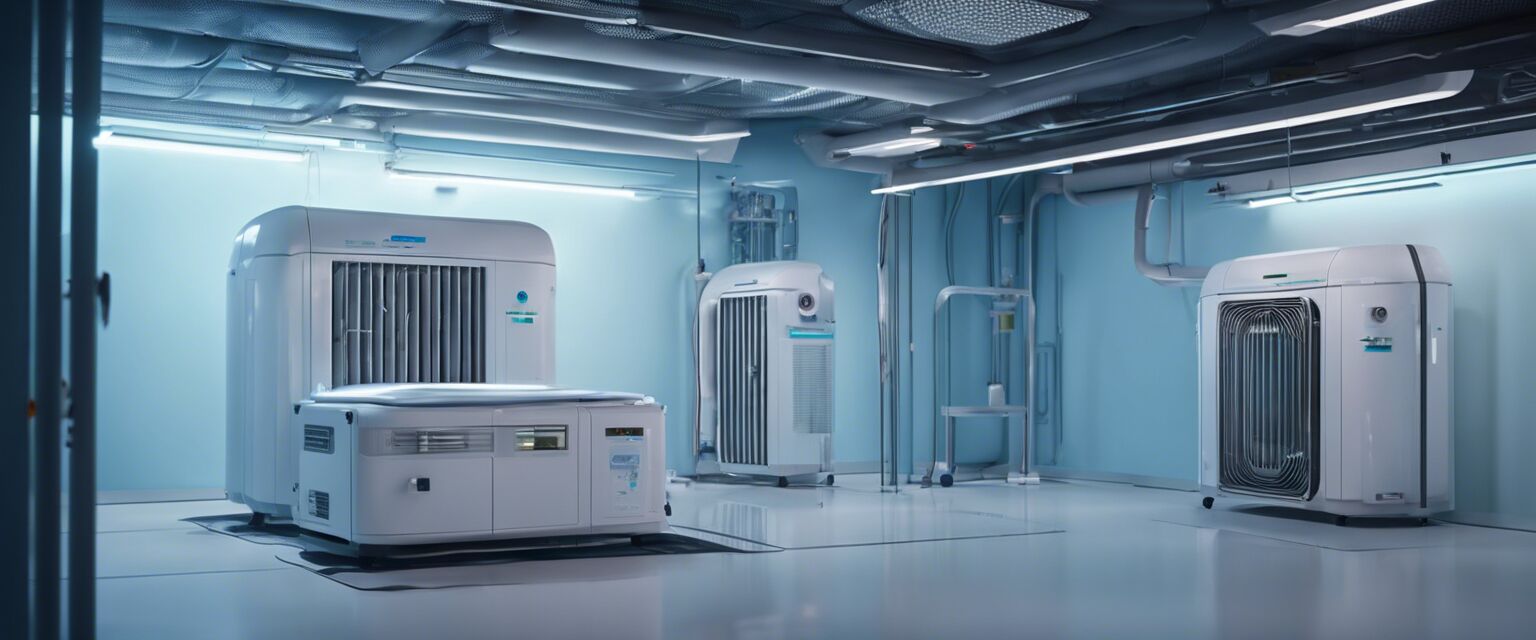
Conclusion
UV-C air sterilizers offer a powerful solution for improving indoor air quality by effectively inactivating airborne pathogens. Understanding how they work, their applications, and safety measures can help you make informed decisions about air purification options. For more information on specific products, check out our range of UV-C sterilizer lamps and portable UV-C sterilizers.
Pros
- Highly effective against a wide range of pathogens.
- Improves indoor air quality.
- Easy to integrate into existing systems.
- Low maintenance costs.
Cons
- Requires safety precautions to prevent exposure.
- Not effective in removing particulates or odors.
- Initial investment costs can be high.
